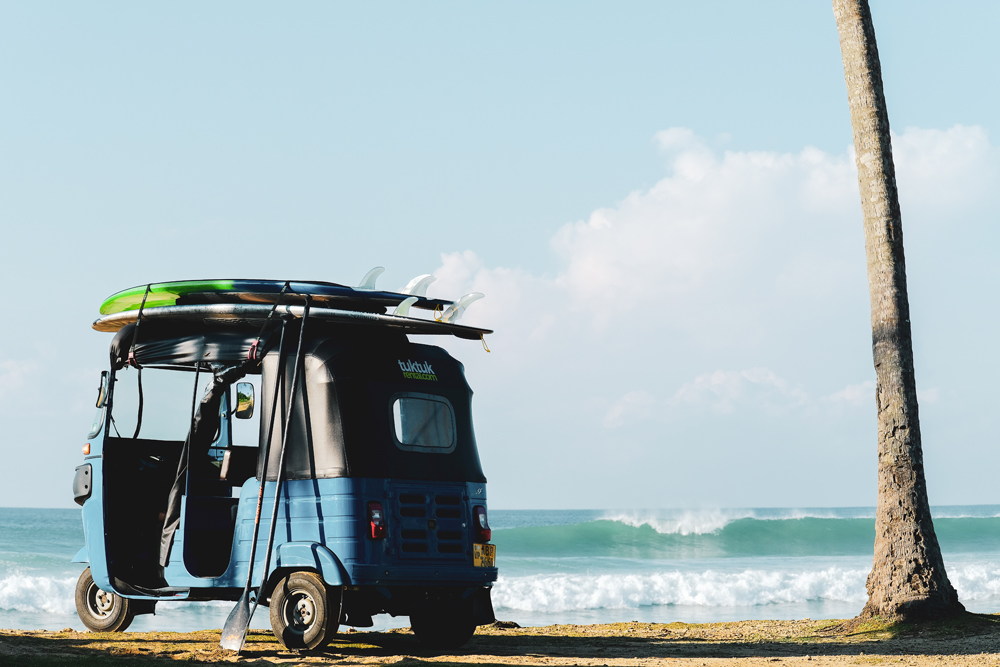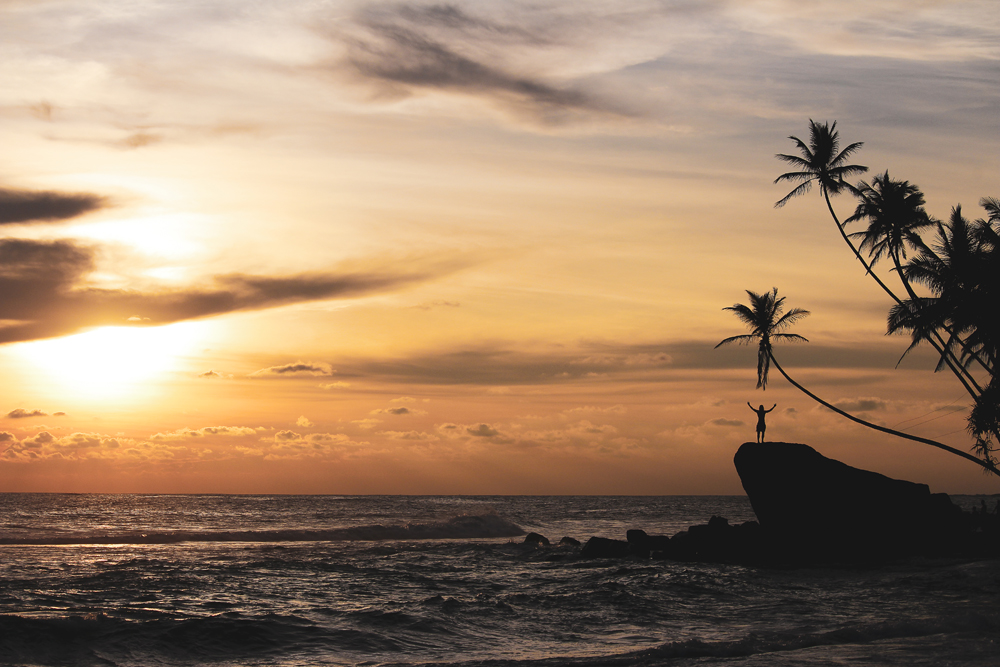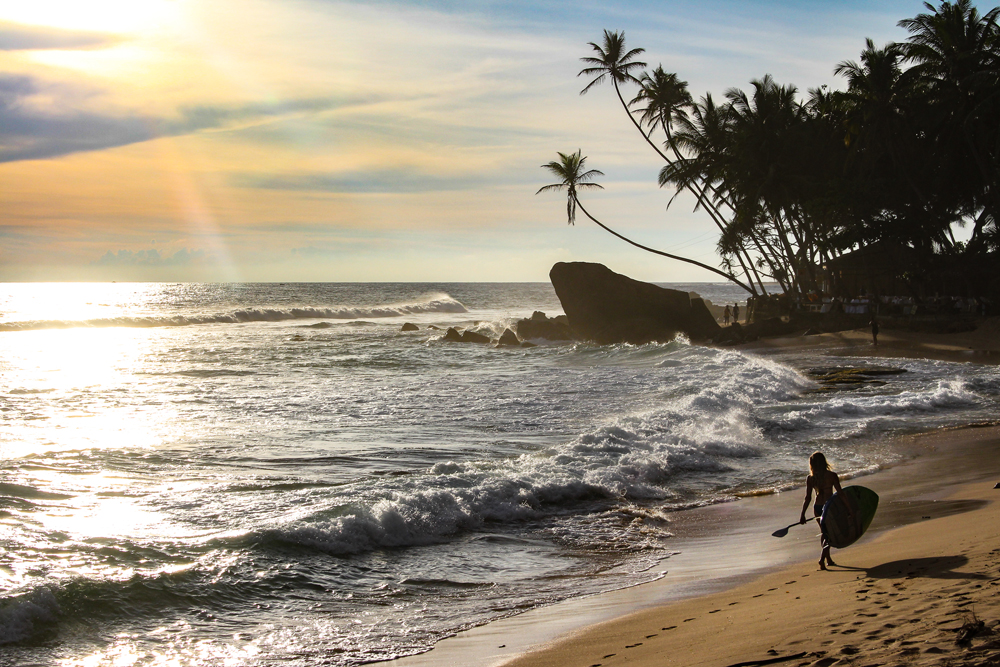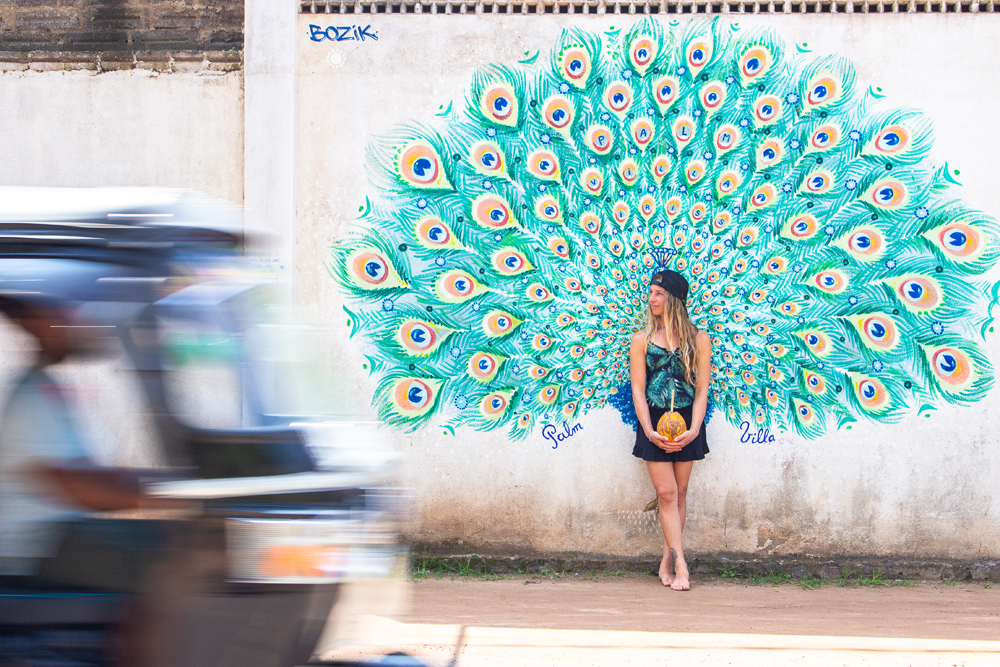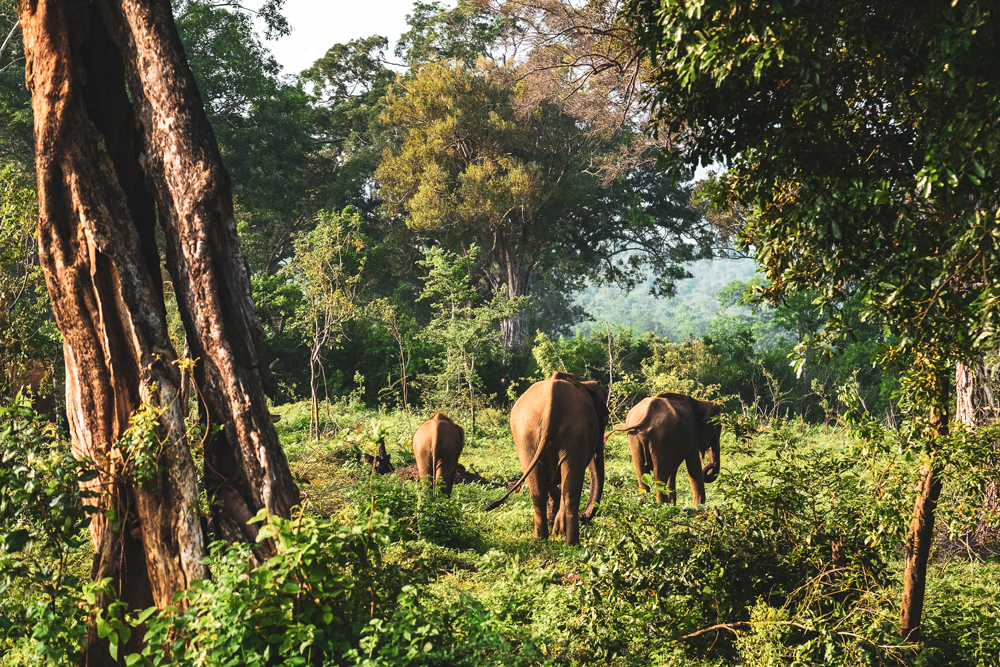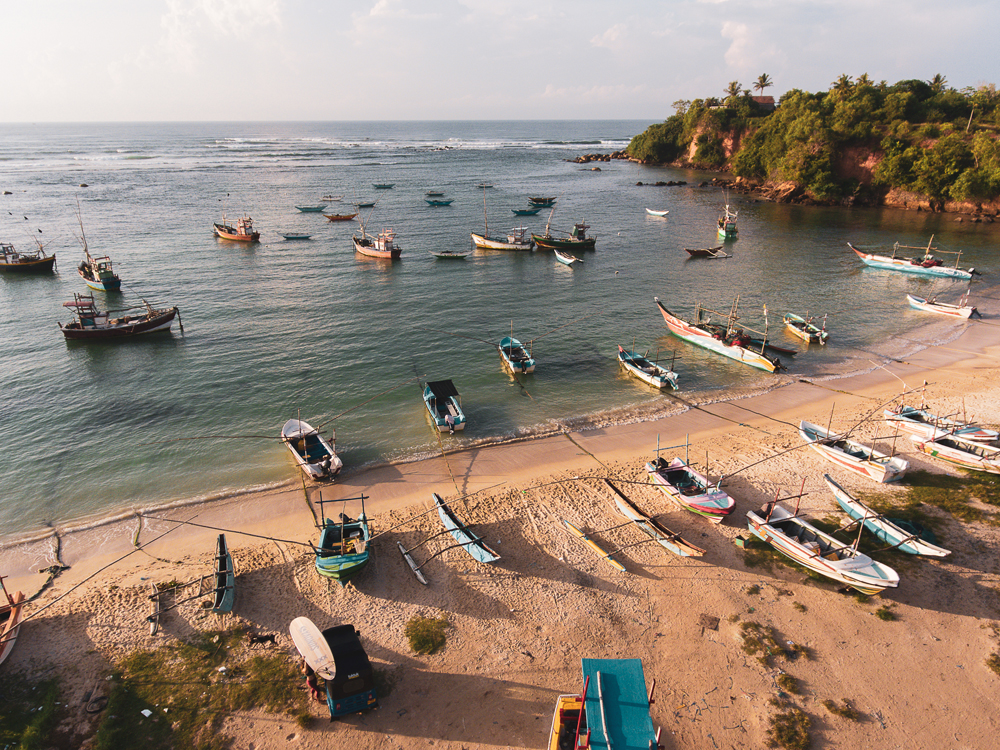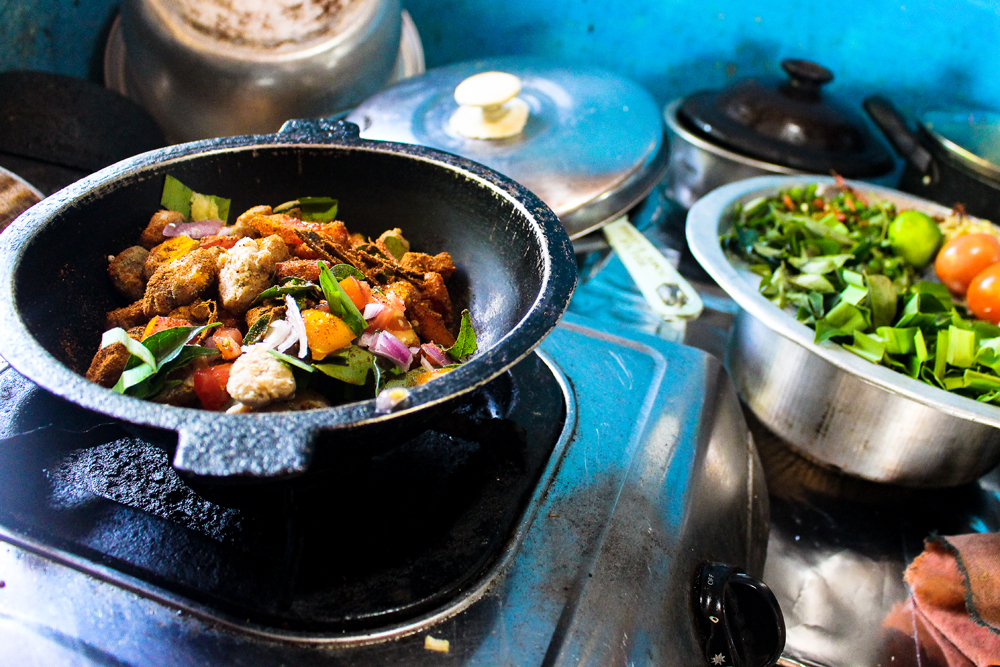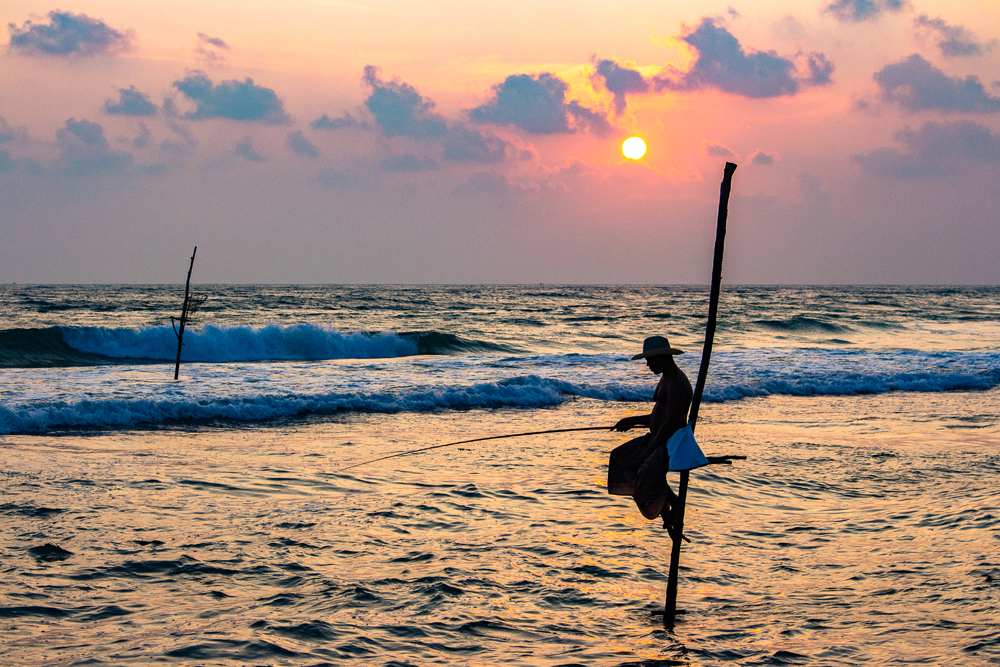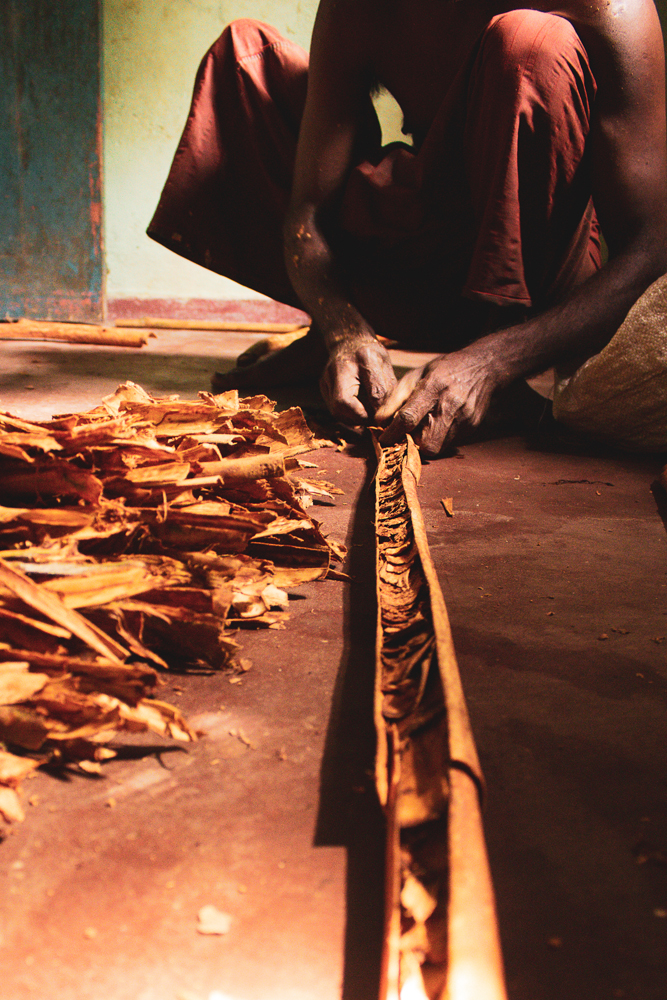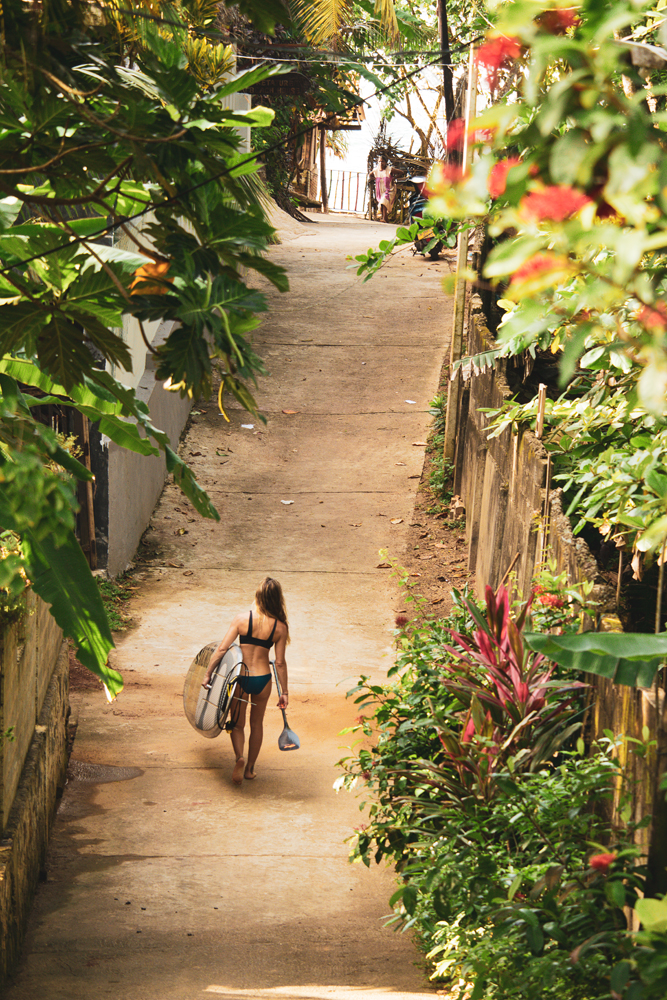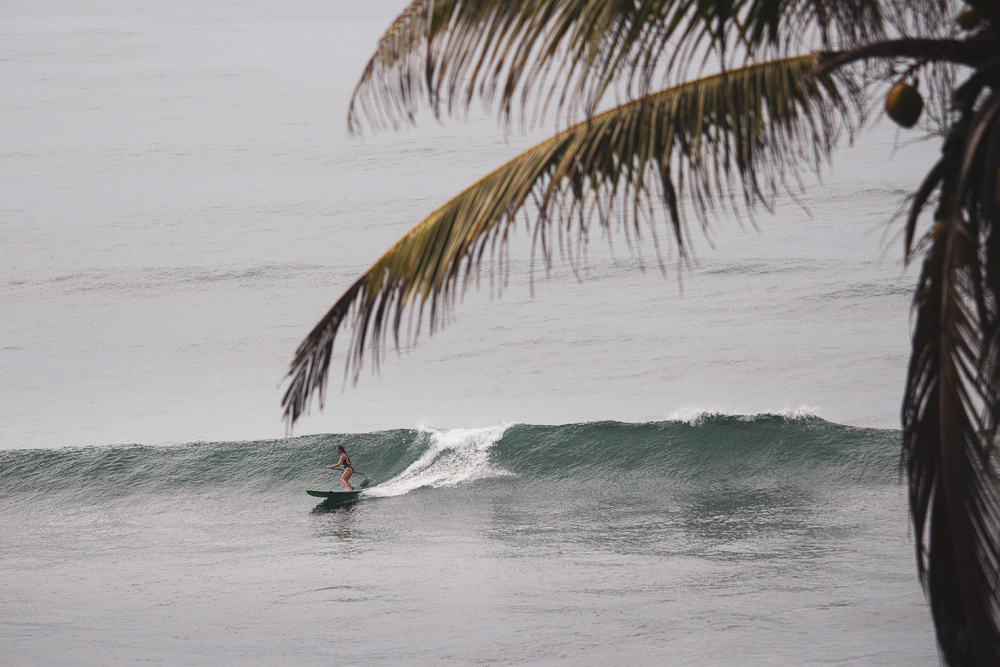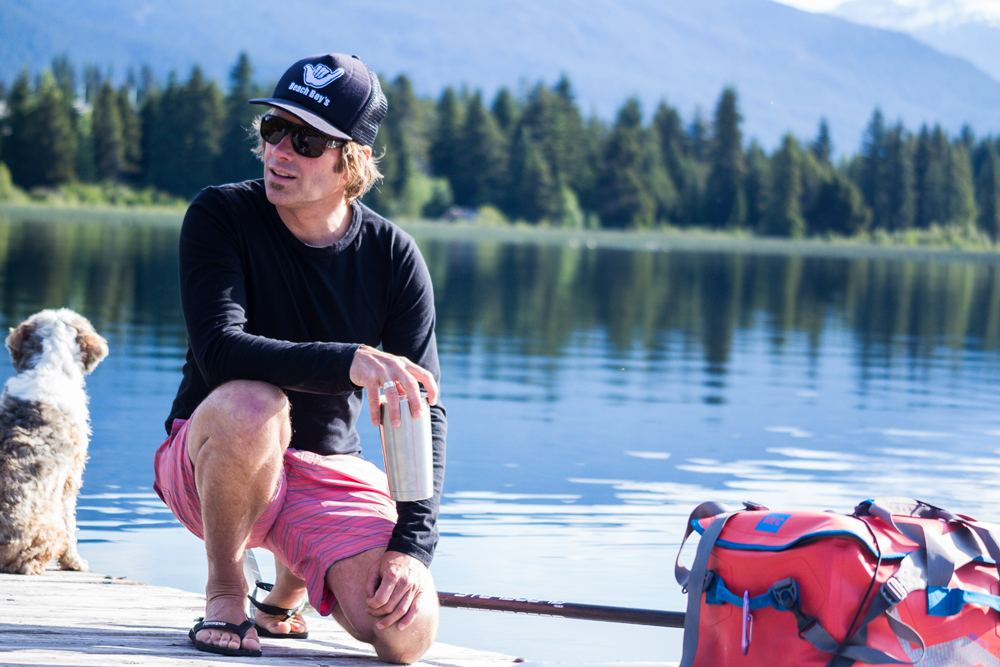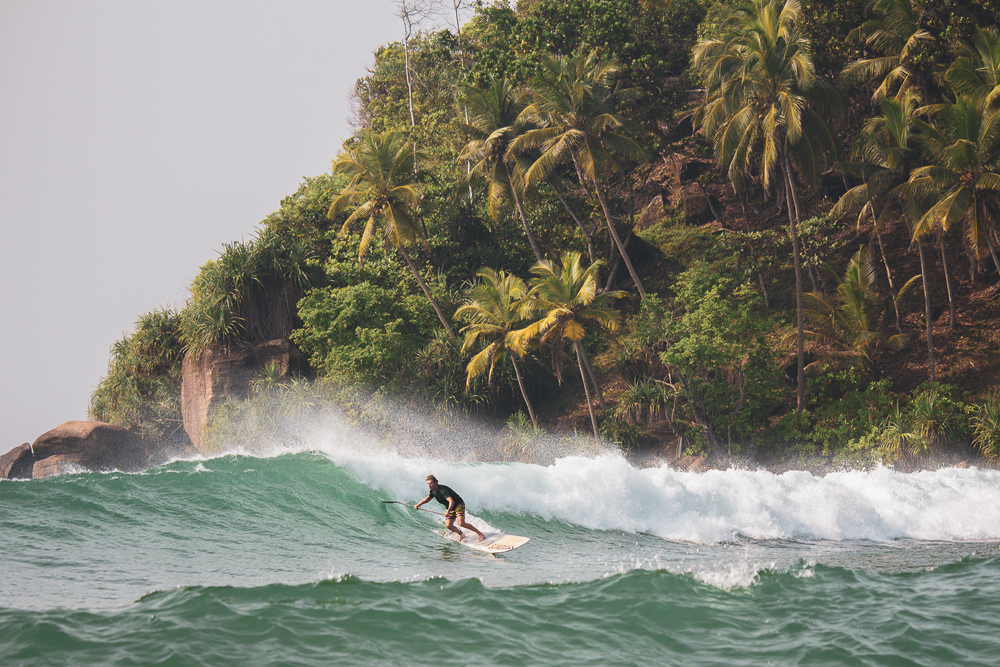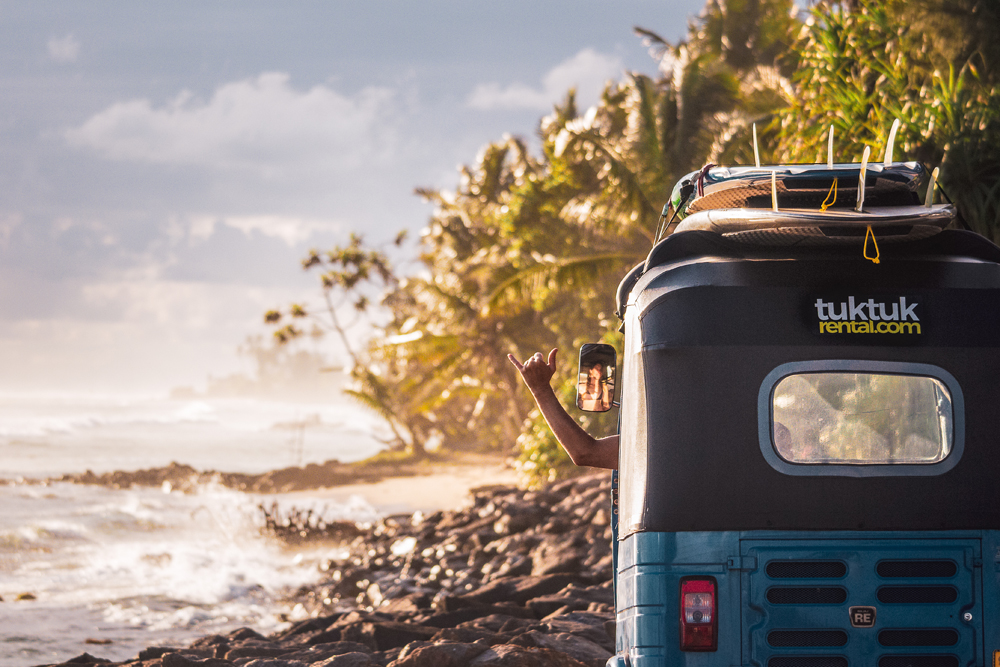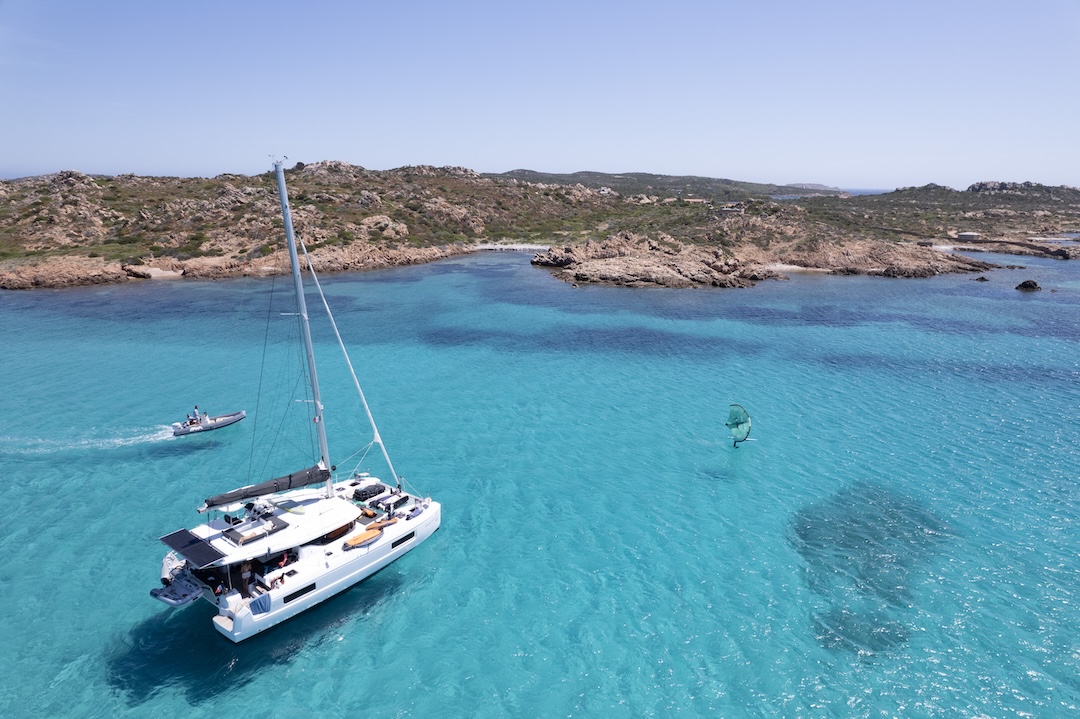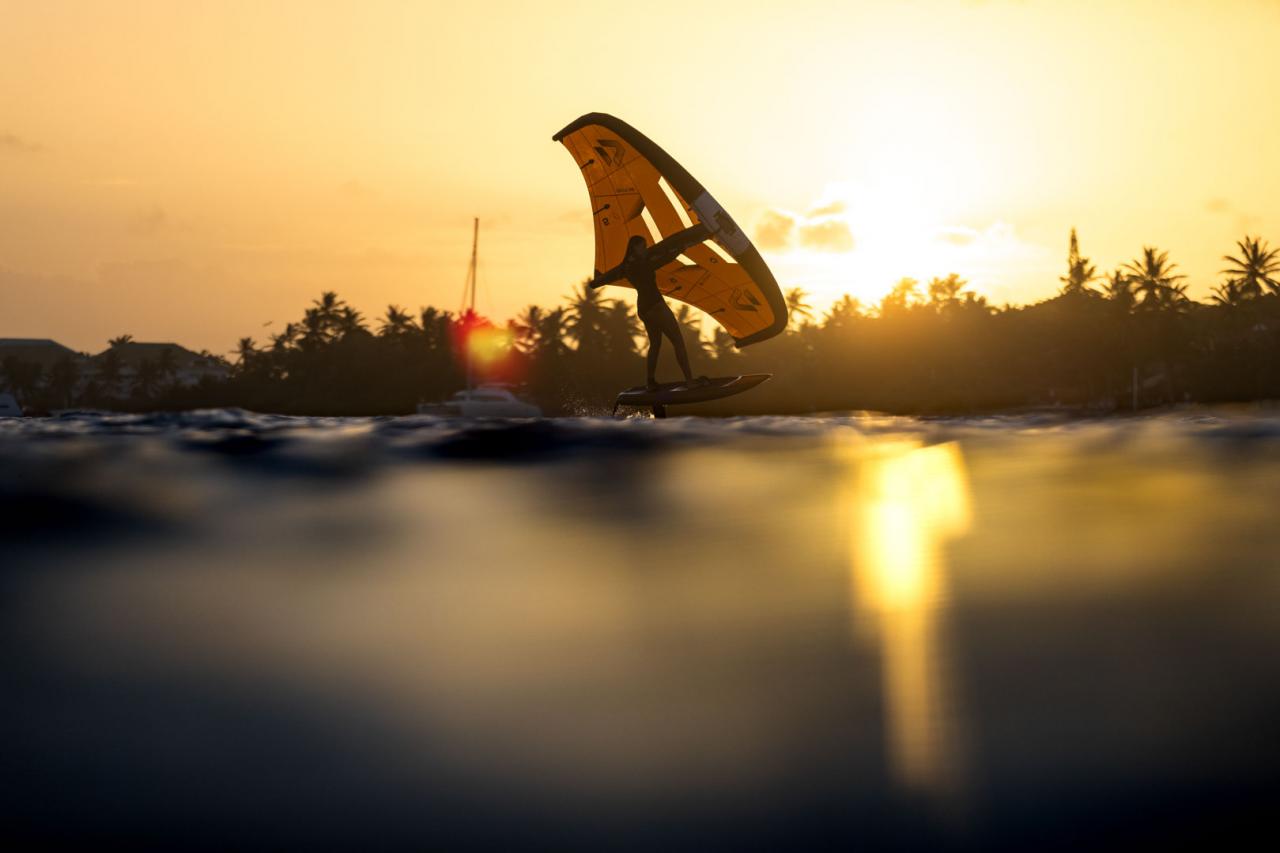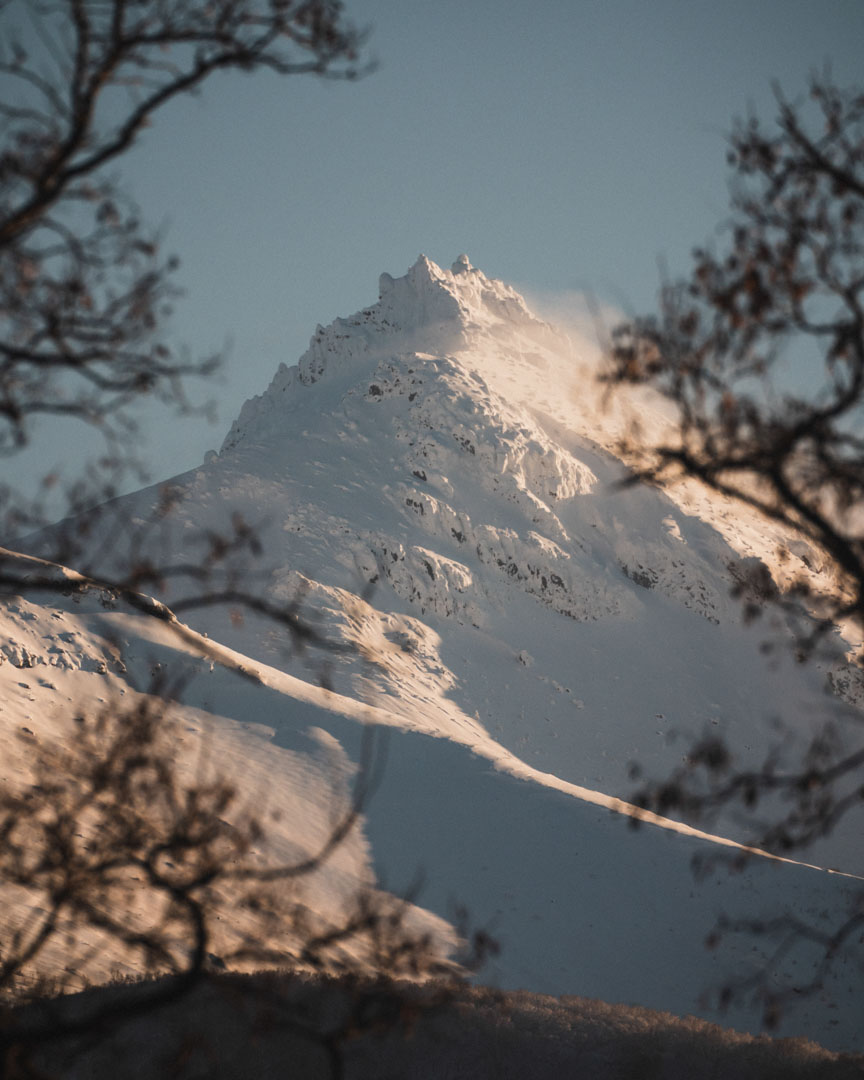Two a day. I’m not talking workouts or surf sessions. It’s those damn rotis - the chicken wing of Sri Lankan snacks. If our session count hadn’t been high enough, they would have gotten the best of my midriff where I’ve been attempting to add a ripple. I will leave here and return to the Pacific Northwest grilled to a vibrant shade of local chilli, with a somewhat defined muffin top - not a pretty sight!
But we did surf. A lot. Morning, evening and even a few of those ‘no no’ mid-day sessions that painted a hue of lobster to my head and extremities. Cory 1 – Roti 0.
This is a tiny teardrop of an island tucked away in the north Indian Ocean, a place so filled with endless beaches, timeless ruins, oodles of wild elephants and curious yet gentle people you would think it was half the size of Canada. Cloaked in humidity, it felt like many other island destinations but didn’t smell like Indonesia; there was no incessant burning of incense or plastic. However, everything you smell, hear and see overwhelms the senses, and once we arrived in Colombo, it didn’t take long for us to realize we were no longer at home.
When you escape the chaos of the city and catch a glimpse of the azure coastal waters, it becomes immediately apparent that Sri Lanka is fully embracing the pleasure principle of surf travel. Up and down the coast, cozy surf hostels and yoga retreats are tucked away behind tamarind trees and plumeria bushes, offering the visiting surfer a place and time to connect with themselves, the ocean environment, and the culture. Here, you can wake up to down dog, eat local organic potato, vegetable and tofu roll, or go hunt for the closest Rob Machado lookalike on the beach and rent your board from him.
Sri Lanka’s beach style hasn’t come without loss. A 30-year-long bloody civil war that for all intents and purposes has now been halted, and a record-setting Boxing Day tsunami should have left more scars or something else recognizable upon its people. Instead, you find a country welcoming you with open arms to help you explore a colourful and cultural diversity and a simple way of life left from the pre-colonial years of Ceylon.
After one morning session, our journey led us so far down a potholed track we almost ran out of gas in the tuktuk. We stopped to contemplate a U-turn beside a distinctively fragrant pile of branches only to look up and see a young man approaching, carrying a machete, smiling ear to ear, head moving side to side. With his free hand pointing back to a driveway he said ‘cinnamon’? Without hesitation we jumped out of our sewing machine with wheels and followed him to the front door of his centuries old family home. Used as the harvesting and processing hub of cinnamon, here three generations have lived a self-sustaining life on a property full of fruit and citrus trees, vegetable plots, and fresh fish caught from a crocodile inhabited lake.
Papa, the matriarch of the family, noticed our suffering from the sun and relentless potholes, and graciously offered us a young coconut. Karine, my happily wandering hippy wife, went to reach for our bamboo straws, only to have her flip flops knocked off as papa pirouetted into and out of the jungle holding two straws he had cut from a papaya tree branch. Karine 0 - Papa 1.
Our afternoon was spent communicating through hand gestures as we moved from room to room, learning the methods of stripping, layering and preparing cinnamon for drying in elevated racks off the back deck. We drove off with seven 5-foot stalks of Ceylon cinnamon strapped to our roof - a main staple for Sri Lankan curry dishes as we had learned from our cooking class a few days earlier. Now, every time that sweet spice passes our lips we’re reminded of this chance encounter.
For me it was a photo. One single image imprinted in my ‘must do’ file, and if it hadn’t been for the aforementioned unrest and natural disasters, I would have found myself here years ago. Some come for the architecture of numerous Buddhist temples impossibly tucked into the hillsides, or for the long-rolling Indian Ocean swells that reach the southern coastline. I’m able to appreciate it all, but if Steve McCurry hadn’t snapped that image of the stilt fisherman for National Geographic, I may never have come.
Marco Polo called it the most beautiful island in the world, and I have to agree as it is a true place of discovery. I found a nation of people whose smiles are so all-encompassing it makes their heads bobble, and if that one idea of travel doesn’t entice you to scribble Ceylon onto your bucket list, maybe one of these images may.

